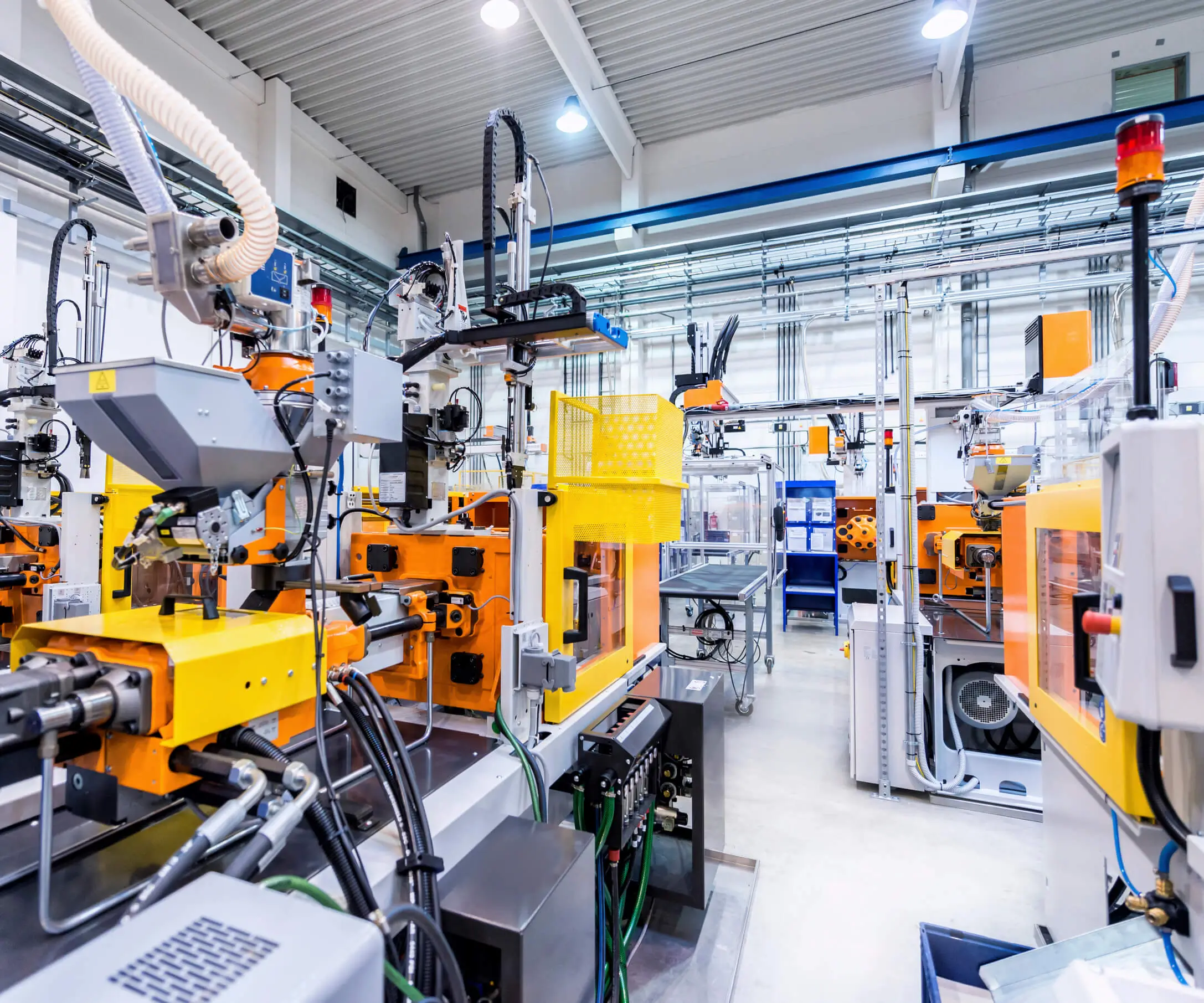Have you ever looked into the guts of a small device—say, a drone or an electric scooter—and wondered how those tiny motors do their magic? That’s where brushed versus brushless DC motors come into play. Think of it like choosing between a traditional bicycle and a fancy electric bike: both get you from A to B, but they operate quite differently underneath.

Let’s break it down. A brushed DC motor is like the classic car of motors. It’s been around forever, simple, straightforward, and relatively cheap. It has brushes and a commutator that switch the direction of current to the spinning part. Everything happens inside that black box. The brushes make contact with the commutator—think of it as a quick, intimate handshake every time it switches—helping the motor turn. This design is reliable, yes, but it wears out over time, especially if you push it hard or run it nonstop. You’ll hear some sparking and see maintenance in the future.
Now, switch gears to brushless motors, and you’re entering the high-tech realm. These are like those electric vehicles that cost a bit more but zip along like a dream. No brushes, no commutator; instead, magnets and electronic controllers do the job. It’s a more elegant dance, with fewer mechanical parts to break down. Because of that, brushless motors last longer, run cooler, and are more efficient overall. Bonus: they generate less electromagnetic interference, which means they’re kinder to sensitive electronics nearby.
Here’s a quick thought: imagine you’re building a small robot. Do you go with the tried-and-true brushed motor because it’s budget-friendly and easier to set up? Or do you aim for the brushless gear, knowing it lasts longer, runs smoother, and could give your robot that extra edge in performance? It’s all about what’s more important—cost or longevity.
People often ask, “Will I notice a difference in my everyday gadgets?” Absolutely. A brushless motor in a drone means longer flight times and less maintenance. In portable gadgets and electric cars, the smoother operation and durability are game-changers. Though brushed motors are great for simple, low-cost applications, the brushless style dominates in high-performance, high-reliability scenarios.
Curiosity is normal—sometimes it’s hard to decide when both options seem capable. But in a nutshell, if your project demands durability and precise control, brushless is king. On the other hand, for budget projects or quick prototyping, brushed motors can be a good starting point.
The real takeaway? It’s like choosing your gear for adventure. Do you want the dependable classic or the futuristic performer? Each has its place. At the end of the day, it’s about matching what fits the project best. No matter which way you go, knowing these differences helps you make smarter decisions and get the most out of your motor.
Kpower has delivered professional drive system solutions to over 500 enterprise clients globally with products covering various fields such as Smart Home Systems, Automatic Electronics, Robotics, Precision Agriculture, Drones, and Industrial Automation.




































